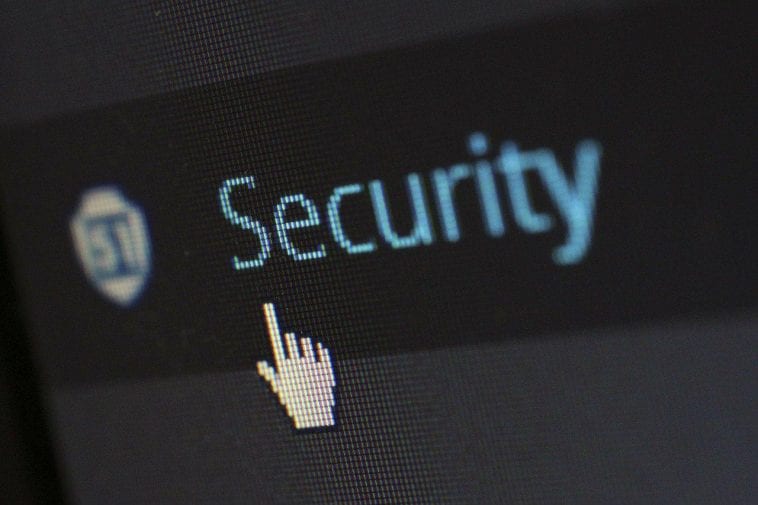Email encryption refers to disguising or encrypting email messages’ content. It is done to potentially sensitive information can be protected from being accessed by a person other than recipients who are supposed to read them. Often, email encryption also refers to authentication.
It is not only people who may mail confidential or sensitive information like login credentials, bank account numbers, or Social Security number who should encrypt their email. .A hacker can get unauthorized access to email accounts for gaining access to content and attachments. He or she can hijack the entire email account.
Today, email has become an unprotected medium especially when it is sent over a public or unsecured Wi-Fi network. Additionally, an email sent across a secure organization network may be seized by another user, which includes login credentials.
Email encryption makes the content of the email unreadable while they are transmitted from source to destination. Even though someone gets hold of your email, the content cannot be interpreted by them.
Elements of email encryption
According to experts, you should typically encrypt three primary things, which are as follows
The connection starting from the email provider
The email messages, and
Archived, cached, or stored email messages
When the connection is encrypted, unauthorized users can be prevented on a network from capturing or getting hold of any email messages or your login credentials. It is done when you receive or send messages while they leave the server of your email provider and are transmitted between servers across the Internet.
So, even when a person who is not the intended recipient or a hacker might intercept an email message but it is practically useless or is unreadable.
You might have saved your backed-up emails in the email client like Microsoft Outlook. However, a hacker can get access to them even when your account, as well as, the device is password protected. Thus, encryption of email messages makes sure that although access is gained by any means, the content of those email messages will become unreadable.
So, what is email encryption all about?
Today, there is a string of advanced technology tools, which may be used for email encryption. Using personal email certificates is one such technique of email protection. These can digitally sign the messages and reduce the number of spam emails, which can be transmitted using an email account and name.
Such a digital signature allows email recipients to know whether the emails they got were sent by you or not. A spoofed email message does not have a digital signature. Thus, the recipients are tipped off that the email may have malicious content or spam.
Encryption of email depends on a PKI or Public Key Infrastructure. In most cases, it is a combination of a public key and a private key. People sending emails, which they intend to encrypt would be using the public key.
On the other hand, the recipient for whom the message is intended should be using the private key so that those messages can be decrypted into a readable form. In the Public Key Infrastructure model, any person may use a public key for email encryption. However, all encrypted messages can be only deciphered when a unique private key is used.
Meanwhile, best practices for encrypting emails comprise encrypting all emails the user receives and sends consistently. When you opt for selective email encryption for sensitive messages can alert a hacker and point them to those messages, which may contain sensitive and valuable information. Thus, the very details one is trying to stop unauthorized recipients from getting access can become exposed to them.
If you make it a standard practice to encrypt each email message, hackers who want to access your sensitive information would have a tougher chore for them. Also, decrypting each email message individually in pursuit of a message that has sensitive information can be a tedious job. Even the most cunning hacker may think is too time-consuming and not much the effort.
Top advantages of email encryption
1. Unprotected backups
The messages one sends get saved on Simple Mail Transfer Protocol or SMTP Servers, which are the outgoing email servers. Your email backups in the disks of the server constitute your messages’ text copies. Such backups are usually available for many years. Any user who can access these backup files may read these messages and then use that information in a way to harm you. It may happen even when you think the message has been deleted by you.
2. Abandon or reject sent emails
As it is not difficult to forge email messages on a regular basis, it will be tough to establish that a certain individual has sent a specific message to you. It signifies that even when an individual has sent a particular message to you, he/she may deny sending it. It can have severe implications with respect to using emails for business communications, electronic commerce, and contracts.
3. Prevent or minimize identity theft
When a person gets access to your user credentials that are used by you to connect to an email server, they can read these emails that are sent by you. These people may also send fraudulent email messages acting like you. It is known as identity theft, which can be minimized when you opt for email encryption.
4. Negate possibilities of message replay
By now, you may have understood that messages sent by you may be modified. However, there is another thing that may be possible with the emails you send. These messages can be stored, changed, as well as, resent afterward. A person may receive a genuine message first. Thereafter, he/she may get fake emails that look official later on.
It is difficult for the recipient to find out whether an email message that has been delivered to them is modified or not. Also, in case the email was deleted, it is impossible for them to find out whether it was sent or not.
5. Safeguard confidential and sensitive information
Encrypting your email safeguards confidential and private information like your bank account number, credit card number, and social security number among others. If an email is not encrypted, certain strong elements may exploit personal information to serve his/her ulterior motives. Even the username and password typed by you may be robbed with ease. So, email encryption is crucial to prevent leakage of such confidential information.
6. Avoid business risks
Today there is a lot at stake and so there is hardly any person who is happy to send emails without encryption. If an email is not encrypted, a stranger may get hold of the information available in the mail. Even your business rivals may use that information to their advantage. So, if you are serious about avoiding all types of risks including business risks, it is recommended to opt for email encryption.
Which of the following mechanisms can be used to add encryption to email?
The two major kinds of protocols for email encryption are as follows
Secure/Multipurpose Internet Mail Extensions (S/MIME)
It is in-built into most of the iOS and OSX devices. The protocol depends on a centralized body for picking up the encryption algorithm. It is used extensively as it is in-built into huge web-based email organizations including Outlook and Apple.
Pretty Good Privacy/Multipurpose Internet Mail Extensions (PGP/MIME)
The email encryption protocol is based on a decentralized trust model. The protocol was introduced to take care of security issues concerning plain text messages. There are greater control and flexibility over the degree of email encryption you wish to have in this model. However, it needs a 3rd-party encryption tool.
Email encryption in Gmail
The good thing is that Gmail has in-built S/MIME into the app. However, it would only work when it is enabled by the receiver, as well as, the sender.
1. Hosted S/MIME needs to be enabled: you may enable the setting by following the instructions given on Google for enabled hosted S/MIME.
2. However, your message should be composed in the usual manner
3. Next, the lock icon available to the recipient’s right has to be clicked
4. Finally, “view details” have to be clicked to alter the encryption level or S/MIME settings.
Email encryption on iOS devices
Devices that use the iOS operating system also have in-built support for S/MIME by default.
1. Switch on S/MIME after navigating to advanced settings.
2. “Encrypt by Default” should be changed to yes.
3. While composing an email, the lock icon appears next to a recipient. The lock icon has to be clicked for email encryption.
Encrypting emails in Outlook
Even Microsoft Outlook enjoys compatibility with the S/MIME email encryption protocol. However, it needs an extra setup.
1. S/MIME encryption has to be enabled: To do this, you need to get a digital ID or certificate from the administrator of your organization. Follow the steps in Office to set up using S/MIME encryption.
2. Digitally sign or encrypt all email messages by navigating to the gear menu. Then click on S/MIME settings.
3. Remove or encrypt individual emails by selecting the three dots or more options. The options are available at a message’s top and then choose message options. Deselect or select “Encrypt this message’. If an individual whom you are sending an email has not enabled S/MIME, the box has to be deselected to read the email content.


